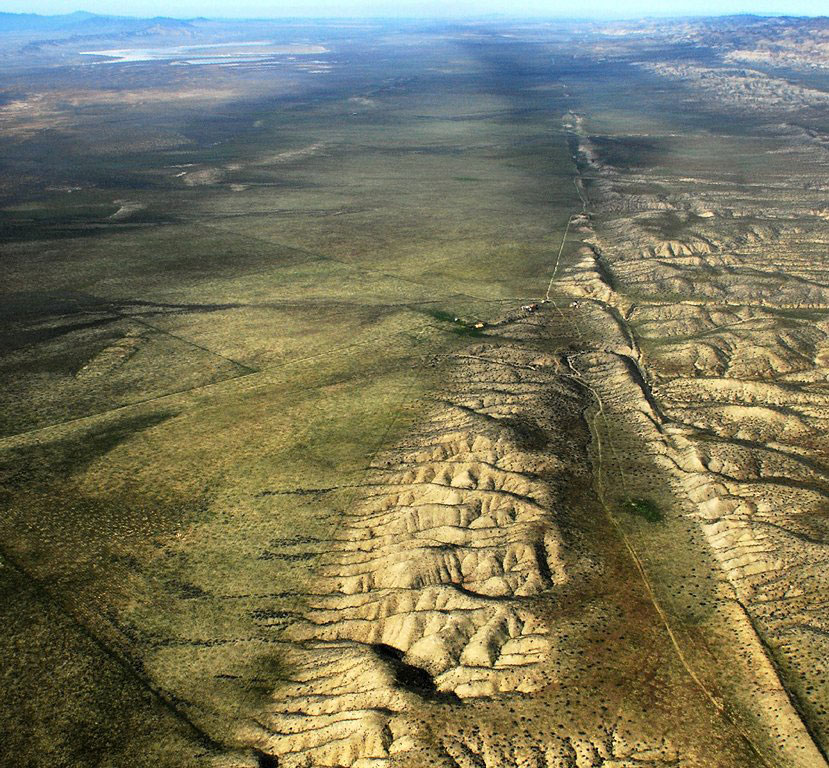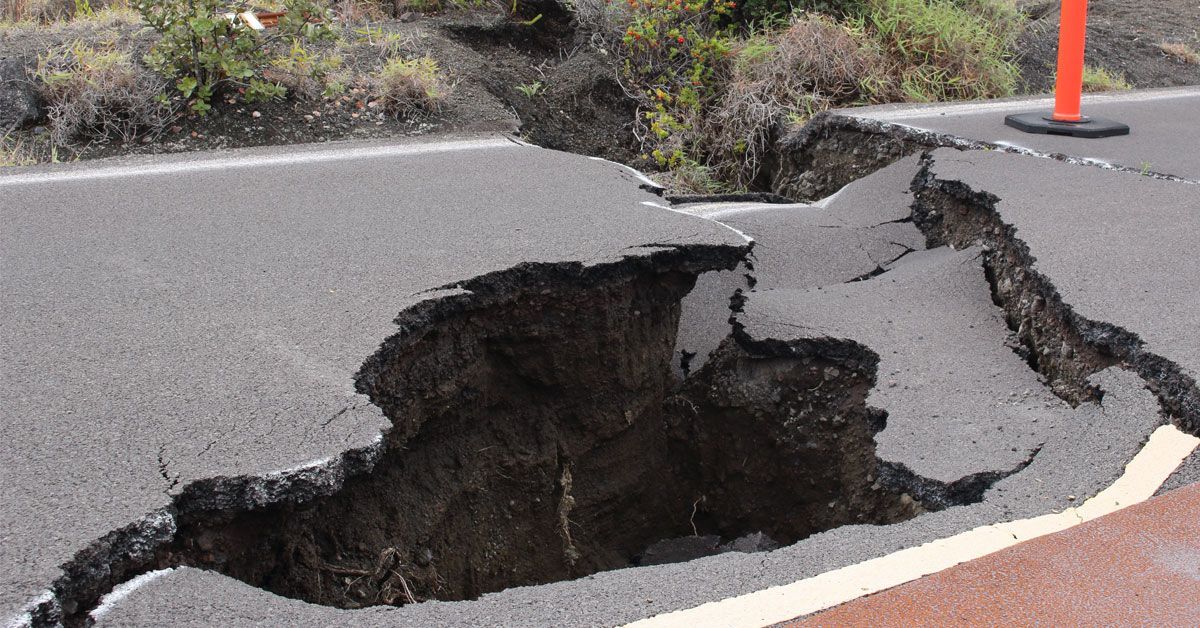Shaking Up Earthquake Studies by Increasing Access to Data, Tools and Research Results
Story by:
Published Date
Article Content
There is a rumbling in the seismic research community. Current studies about earthquake rupture forecasts or ERFs provide information about the probabilities of when earthquakes will occur, where they’ll take place and how strong they will be. But advanced physics-based models that track fault system evolution backed up by observations are not accessible to a wide scientific community, which reduces the pace of research advancements and delays the benefits to society.
So scientists from the Southern (transitioning to Statewide) California Earthquake Center (SCEC) at the University of Southern California (USC), the San Diego Supercomputer Center (SDSC) and the Scripps Institution of Oceanography (Scripps) at UC San Diego, and the University of Illinois Urbana-Champaign (UIUC) formed a team to address the problem. Their proposal to create a new science gateway for the community of researchers who study ERFs caught the attention of the National Science Foundation’s Office of Advanced Cyberinfrastructure, which awarded the project a five-year $2.5 million grant.
The team for this collaborative grant award includes the project’s Lead Principal Investigator (PI) from SCEC/USC, Yehuda Ben-Zion; SDSC/UC San Diego PI Amit Chourasia and Scripps/UC San Diego Co-PI Alice-Agnes Gabriel, and UIUC PI Ahmed Elbanna.
With goals to advance the science of ERFs, obtain new insights on earthquake physics, improve seismic hazard estimates and provide new opportunities for STEM education and engagement, the team will create a cyberinfrastructure platform for the broad community to easily use computational tools and access data. Named Quakeworx, the science gateway will provide access to state-of-the-art methods for physics-based simulations and data analysis. It will host standardized pipelines for advanced simulations, facilitate data assimilation to inform and validate models on demand and enable machine-learning pattern recognition analyses on big datasets.
“Quakeworx will accelerate innovation in earthquake science by enabling generation of diverse outputs such as seismicity, ground motion, fault network configuration, strain rates and topography that can be used to validate model results, improve ERFs and discover new patterns,” said Ben-Zion, director of SCEC and professor of Earth Sciences at USC Dornsife College of Letters, Arts and Sciences. “We anticipate the project to be transformational in research of earthquakes and faults, while contributing to modernizing education and facilitating translation of results to society at large.”
Ben-Zion noted that the project will enable large-scale simulations of coupled evolution of earthquakes and faults for the first time. “Quakeworx will curate and seed many leading simulation tools and data products that leverage existing SCEC’s community data models describing fault and rock properties as simulation input,” he said.
According to Chourasia, associate director for the S3 Division at SDSC, who leads the gateway cyberinfrastructure effort, Quakeworx will build upon and improve existing NSF investments such as Hubzero®, OneSciencePlace®, Tapis and SeedMeLab. It will provide a platform to curate state-of-the-art simulators and machine learning applications in seismology that could be easily executed on a variety of local and remote computation resources such as those available at SDSC and from NSF’s ACCESS program. Overall, Quakeworx will deliver an innovative, service-oriented and easy-to-use cyberinfrastructure to a large user community.
“The developed Quakeworx gateway will enable the community to contribute, curate and share tools for simulations, data analysis and visualization, data products and knowledge base on an open platform. It will provide a foundation that provides build-once-and-reuse-for-all that eliminates barriers to lack of expertise and lack of access to compute resources,” said Chourasia, who is also the director of Hubzero, adding that the Quakeworx framework will support extensibility through a pluggable architecture and composability with other systems and include first-class implementation that makes content FAIR (Findable, Accessible, Interoperable, Reusable).
Gabriel, associate professor at the Institute of Geophysics and Planetary Physics at Scripps, and Elbanna, associate professor and the Donald Biggar Willett Faculty Fellow at UIUC, will lead the development and integration of several physics-based Next Generation Earthquake Simulators, including the current NSF Leadership-Class Computing Facility application SeisSol, utilizing high-performance computing for the project. They noted that the reduction in barriers to the use of computational methods in earthquake research will be achievable with the Quakeworx gateway that is designed to simplify access to state-of-the-art research software, compute and storage resources.
They will also lead together with Ben-Zion the development and integration of machine learning apps for the project, and they said further that Quakeworx will enable rapid immersion of students, post-doctoral fellows and early career scientists with state-of-the-art simulation and analysis tools. This democratization of access will aid in modernizing education and training in earthquake physics, computational modeling, software engineering and related fields.
The project will engage and mentor four postdoctoral fellows, six graduate students, 15 undergraduates and 10 professionals. Ben-Zion explained that SCEC’s role in the project is to coordinate the science needed to develop and extract information from the next generation earthquake simulations, while SDSC’s role is to develop the computational gateway needed to support the next generation simulations and data analyses.
Broader impacts of the project include:
- Contributing to the development of a more resilient society to earthquakes, including working to provide critical information for emergency services and design of rapid follow-up scientific studies after large earthquakes;
- Sharing of key results and services with the broad earthquake community including academic institutions, federal and state agencies, and the private sector, as well as translation of advanced computational research into publicly available scientific information; and
- Enabling workforce development and community engagement via mentoring, training workshops and dissemination of results through conferences and scholarly articles.
According to the team, the project contributes to the national interest by supporting a more resilient society with improved capabilities for forecasting earthquakes and assessing seismic hazard, which are foundational for mitigation of seismic risk, contributing to STEM workforce development and facilitating translation of results to the society at large.
Support for this project is from the NSF (grant awards nos. 2311206, 2311207 and 2311208).

Share This:
You May Also Like
Stay in the Know
Keep up with all the latest from UC San Diego. Subscribe to the newsletter today.




